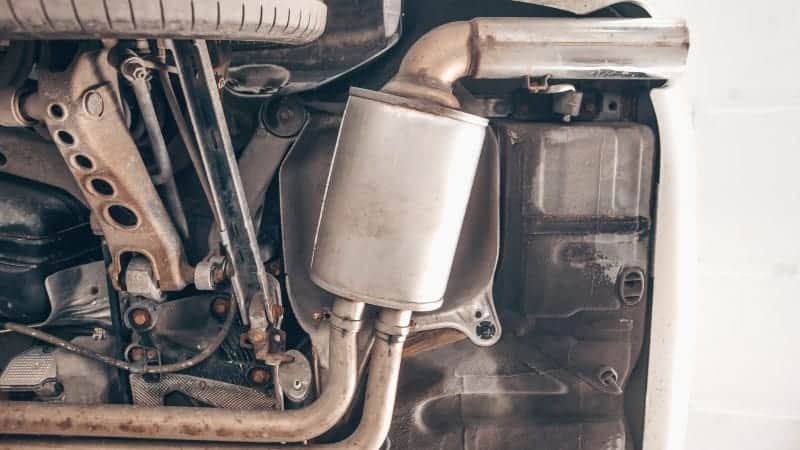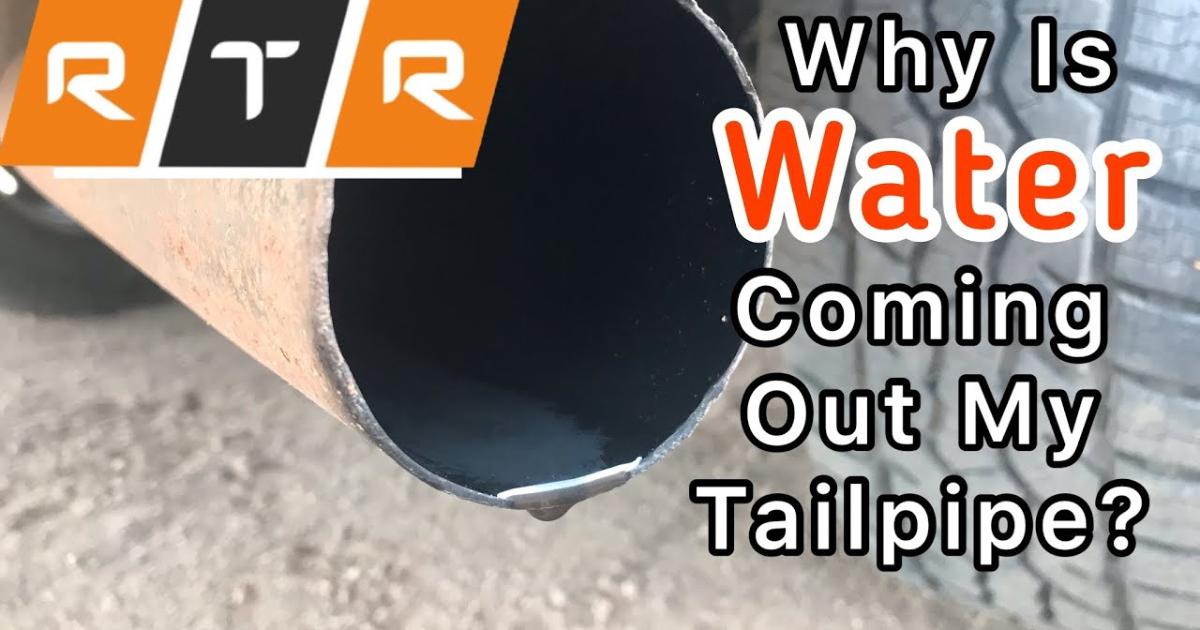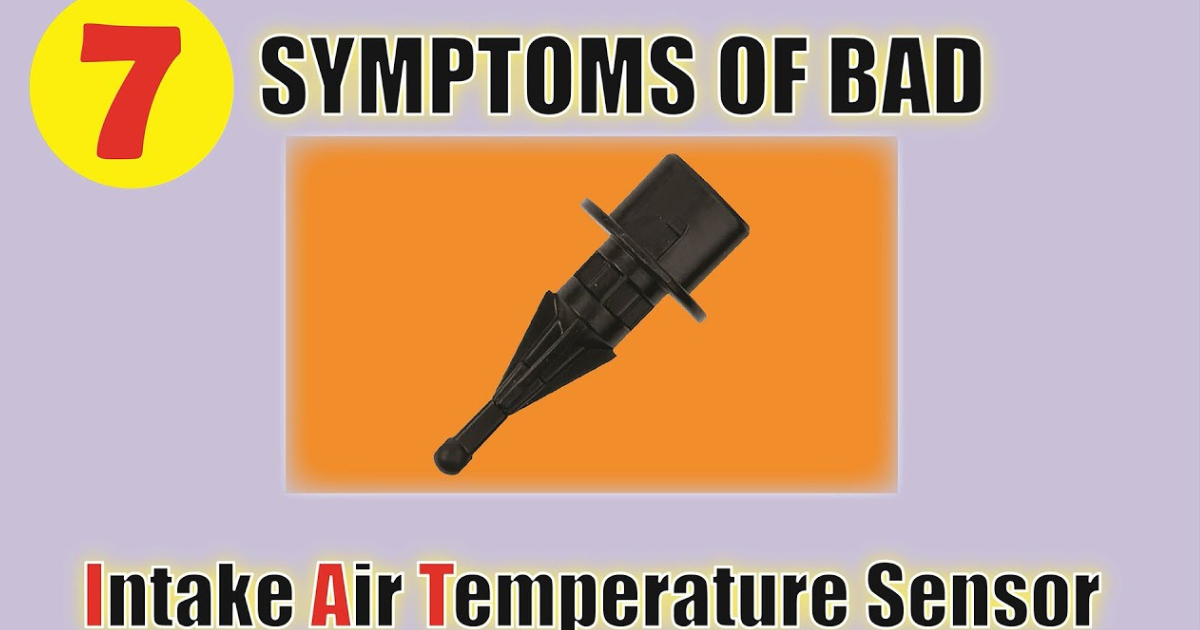There are instances when an exhaust leak is more than just a bothersome, embarrassing, and noisy noise when you start or drive your car. If the exhaust is seeping into your car’s interior, or if the leaks are close to your fuel lines or any combustible parts of your vehicle, it’s quite dangerous.
A change in your vehicle’s backpressure and performance can result with a large enough leak. On top of all that, breathing in the fumes produced by an exhaust leak is extremely harmful to the human body.
Signs of an exhaust leak
To ensure your safety, your car has an exhaust system. Poisonous gas might be released into your vehicle’s cabin if your exhaust system leaks or gets damaged. Inhaling these gasses poses health risks to the driver and passengers. When you find a leak in your exhaust system, it’s important to take your vehicle to a professional right away.

Embarrassing Loud Noise:It’s a sign of an exhaust manifold gasket leak if, upon starting the engine, you notice a tickling or puffing sound emanating from the engine compartment. Interposed between the cylinder head and the exhaust manifold is where you’ll find the gasket. The exhaust flange joint is another potential source of this noise.
Strong Odor: There will be a strong stench if there is a leak in your exhaust system, particularly close to the catalyst converter. Your exhaust system is almost certainly leaking carbon monoxide if the odor persists for an extended period of time. Because of its potentially fatal effects, you should stay away from it at all costs. Be careful to lower your glasses if you detect this odor while driving.
Decreased Fuel Efficiency: You should expect a loss of 3–4 mpg in fuel economy the moment an exhaust leak happens near the manifold. This occurs because the oxygen sensor, which measures the amount of oxygen going out and coming in, is being bypassed by the exhaust. Your vehicle therefore uses more gas than necessary. To avoid wasting money on gas refills, check your exhaust as soon as you notice a decline in fuel efficiency.
Raspy or Tickling Noise and Vibration:If you hear a scratchy, tickling, tapping noise coming from your engine bay or underneath your vehicle when you accelerate, it could be an indication of an exhaust leak. Because gasses might escape, any leak, no matter how little, can cause vibration or noise. But if the leak is big enough, it can vibrate your steering wheel and make an obnoxious noise. As you step on the gas, you’ll also hear an increase in the volume of the exhaust leak.

Do you know how to cure a house exhaust leak?
I have effectively described the signs of an exhaust leak and provided three easy ways to locate one.
Where do we go from here? Now we’ll examine three easy ways to repair exhaust leaks in the comfort of your own home.
Focus on the exact location where you found the leak once you’ve identified it.
For the repair, I suggest using one of three products: first, a high-temperature exhaust patch, which, once pushed into the damaged region, will solidify like steel and plug up the leak. Your second option is the muffler bandage, which you can use to seal off the region where the leak is occurring. It hardens into a steely texture. Tightening the exhaust clamp, the finished product, covers the leaky spot and stops it from leaking again.
You should be able to fix your exhaust at home using these products. In addition, you will require a metal hand wire brush, sandpaper, tape, and a mechanic’s toolbox full of gloves.
Go ahead and buy the thing once you’ve decided it’s what you need. These items are available in your local Google Store. They’re simple to use and inexpensive.
If we are going to remedy your exhaust leak at home, then let’s get right down to business. As a first line of defense against exhaust system leaks, a high temperature exhaust patch is a typical tool for the job. Sandpaper and a wire brush will come in handy for cleaning the leaky spots before you apply this.
The area you wish to place the exhaust temperature patch on should have any small pieces of metal or debris scratched off. Obtain some alcohol and wipe the surface after cleaning. Make sure there is no dirt, corrosion, or other debris on it. A excellent banding surface will be achieved in this manner.
If you found the leak using a leaf blower or air compressor, turn it on its other side to remove air from your exhaust system. As you remove air from your exhaust system, combine your heated exhaust patch and apply it to the surface that has been cleaned. With this, the exhaust leak can be effectively sealed. If an air blower isn’t available, you can clean the area before applying the patch.
It may take anywhere from two to twenty-four hours for it to dry, so be patient. A heat gun will quickly dry it. Stop what you’re doing and wait to start the engine. Take the leaf blower off before you start the engine.
The last approaches involve the use of an exhaust clamp and an exhaust bandage, respectively. Most often, exhaust pipes are the targets of these techniques. You can use an exhaust clamp to seal off the spot where exhaust is leaking if you discover one.

Conclusion
The three ways to locate exhaust leaks, the signs of an exhaust leak, and the steps to repair an exhaust leak have all been covered. By now, I think you’re an expert thanks to this article and the graphic presentations.





